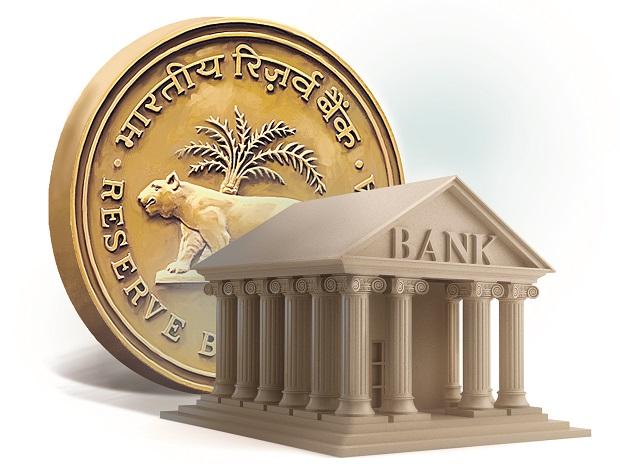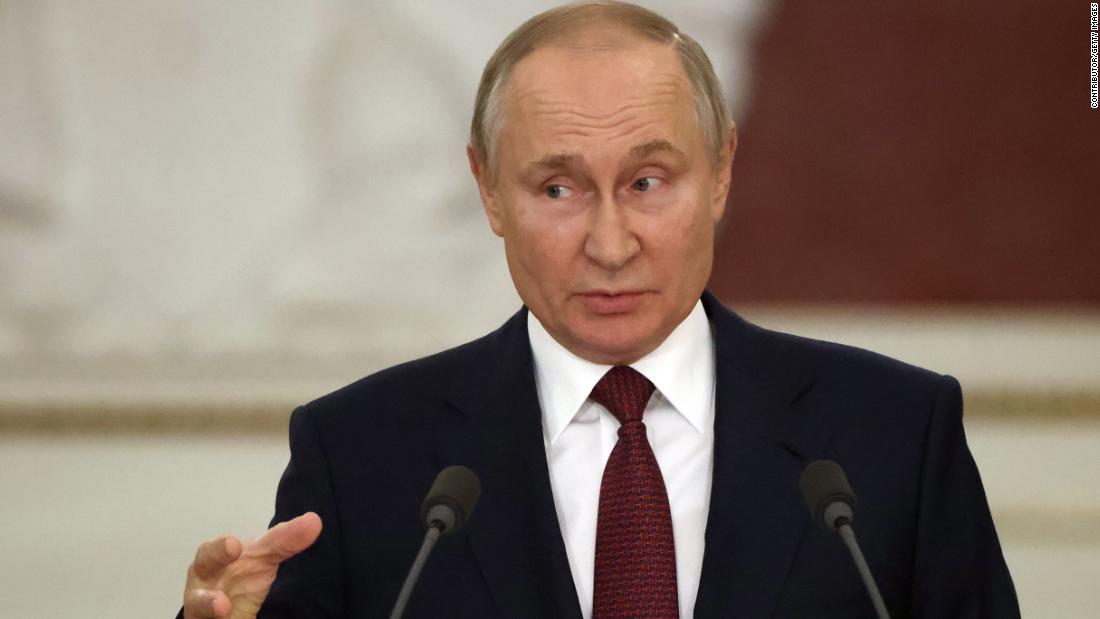The rise in profitability that aided banks to improve their provisions has resulted in net non-performing assets (NPAs) to net advances ratio falling to 1.3 per cent in September 2022 – the lowest in 10 years — the Reserve Bank of India’s (RBI’s) Financial Stability Report said.
Net NPAs were at similar levels back in March 2012. As of end-September, net NPAs of private banks had fallen to 0.8 per cent, as against 1.8 per cent for public sector banks (PSBs).
“The quarterly slippage ratio, which had been rising since December 2021, cooled off during Q2, 2022-23, with considerable improvement recorded by PSBs,” the report said. The provision coverage ratio, which has been increasing steadily since March 2021, has reached 71.5 per cent in September 2022.
However, the write-offs to gross NPA ratio increased in the first half of 2022-23 on an annualised basis, after declining for two consecutive years.
Gross NPAs also continued their downward journey to reach 5 per cent at the end of September — a seven-year low — and is expected to trend down further to 4.9 per cent by September 2023. This was achieved on the back of decrease in slippages, increase in write-offs, and pick up in credit growth.
“Reduction in slippages, or fresh accretions to NPAs, was a major contributor to the reduction in overall NPAs,” the report said.
“The declining tendency in the GNPA ratio is likely to continue — under the baseline scenario of the stress testing framework, it is projected to fall further to 4.9 per cent in September 2023,” it said.
The resilience of the banking system is also evident from the stress tests conducted by the RBI, which showed that banks are fully capable of absorbing macroeconomic shocks, even without any infusion of capital by stakeholders.

Under the baseline scenario, the aggregate capital adequacy ratio (CAR) of 46 major banks is projected to slip from 15.8 per cent in September 2022 to 14.9 per cent by September 2023.
Further, CAR may go down to 14 per cent in the medium stress scenario and to 13.1 per cent under the severe stress scenario by September 2023, but it will still be above the minimum capital requirement, including capital conservation buffer (CCB) requirements of 11.5 per cent.
“None of the 46 SCBs (scheduled commercial banks) would breach the regulatory minimum capital requirement of 9 per cent in the next one year, even in a severely stressed situation, although nine SCBs may fall short of the minimum capital inclusive of CCB,” the report said.
According to the report, under the baseline stress scenario, the common equity tier-1 (CET1) capital ratio of select banks will fall by 70 basis points to 12.1 per cent by September 2023 from 12.8 per cent in September 2022. Similarly, in a severely stressed macroeconomic environment, the aggregate CET1 capital ratio would deplete only by 210 basis points, which would not breach the minimum regulatory norms.
“…all banks would be able to meet the minimum regulatory CET1 ratio plus CCB of 8 per cent over the next one year under all the three scenarios,” the RBI said.
Stress tests under baseline scenario suggest that gross NPAs of banks are expected to fall to 4.9 per cent by September 2023 from the current 5 per cent as of September 2022. However, if the macroeconomic environment worsens to a medium or severe stress scenario, gross NPAs may rise to 5.8 per cent and 7.8 per cent, respectively.
This is without taking the potential impact of stressed asset purchases by National Asset Reconstruction Company Limited (NARCL) into account and under the assumption that there will be no reliefs from the central bank.
At the bank group level, gross NPA ratios of PSBs may swell from 6.5 per cent in September 2022 to 9.4 per cent in September 2023, whereas it will go up from 3.3 per cent to 5.8 per cent for private banks, and from 2.5 per cent to 4.1 per cent for foreign banks, under the severe stress scenario, the RBI said.
Note:- (Not all news on the site expresses the point of view of the site, but we transmit this news automatically and translate it through programmatic technology on the site and not from a human editor. The content is auto-generated from a syndicated feed.))




Asking questions are actually good thing if you are not understanding anything entirely, but this paragraph gives fastidious understanding yet.
Just wish to say your article is as amazing. The clarity in your put up is just excellent and i could assume you’re a professional
on this subject. Well along with your permission allow me to grasp your
feed to stay updated with drawing close post. Thank you a million and please continue the rewarding work.
Excellent blog post. I certainly appreciate this website.
Keep writing!
E2Bet Indonesia, situs judi online terbesar di
Indonesia, aman, terpercaya, dan inovatif, bonus menarik dan layanan pelanggan 24/7.
#E2Bet #E2BetIndonesia #Indonesia
Thank you for your sharing. I am worried that I lack creative ideas. It is your article that makes me full of hope. Thank you. But, I have a question, can you help me?
Can you be more specific about the content of your article? After reading it, I still have some doubts. Hope you can help me.
excellent publish, very informative. I ponder why the opposite experts
of this sector don’t realize this. You should continue
your writing. I am sure, you’ve a huge readers’ base already!
Hey just wanted to give you a quick heads up.
The text in your post seem to be running off the screen in Safari.
I’m not sure if this is a formatting issue or something to do with internet browser compatibility but I figured I’d
post to let you know. The layout look great though! Hope you get the problem fixed soon. Cheers
Inspiring story there. What occurred after? Thanks!
Thanks for sharing your thoughts about piano lessons.
Regards